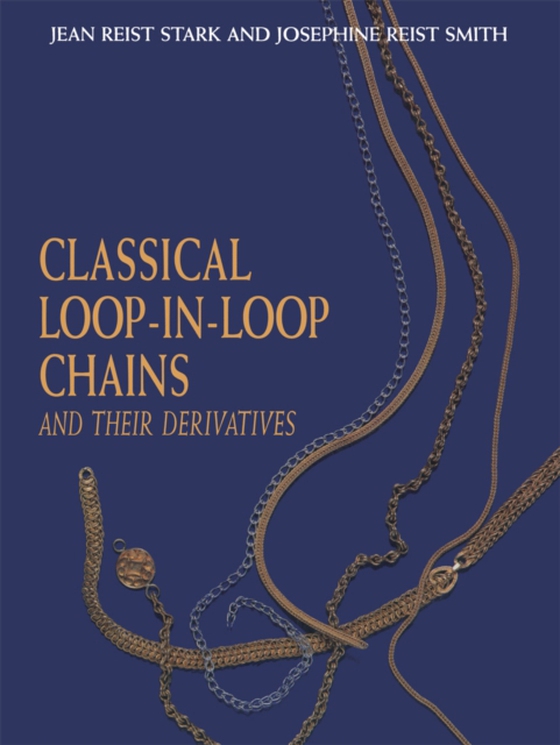
Classical Loop-in-Loop Chains e-bog
875,33 DKK
(inkl. moms 1094,16 DKK)
ThiS is not only a book of instruction in chainmaking but it is also a work celebrating man's continuous creativity over thousands of years. At times something that man creates has far-reach- ing effects; an example that quickly comes to mind is the wheel, which has enabled many devel- opments, from pottery to computers. At this point it is important to note that these same wheels could not hav...
E-bog
875,33 DKK
Forlag
Springer
Udgivet
18 april 2013
Genrer
RBGG
Sprog
English
Format
pdf
Beskyttelse
LCP
ISBN
9781468491326
ThiS is not only a book of instruction in chainmaking but it is also a work celebrating man's continuous creativity over thousands of years. At times something that man creates has far-reach- ing effects; an example that quickly comes to mind is the wheel, which has enabled many devel- opments, from pottery to computers. At this point it is important to note that these same wheels could not have been made without metal tools. From early Neolithic times on gold was a favorite choice in the making of jewelry. During the Neolithic period these "e;shining stones,"e; probably alluvial, were prized. Actually gold was cold worked as if it were a stone. There is a surviving example of cold-worked gold from Catahuyuk (present day Turkey) estimated to have been made in 6500 B. C. There were only four metals on the earth's surface that were found in sufficient quantity to be used: gold, copper, silver, and meteoric iron. An understanding of the malleability of gold, and of the annealing effect of fire, changed jewelry making; new forms were found. Gold was no longer a piece of stone but a material that could be flattened and made very thin. Sheet and foil are the oldest forms of worked gold. The smiths' tools were stone, wood, and horn.
 Dansk
Dansk

